The Materials Department at UCSB would like to congratulate our 2015-2016 Ph.D. graduates and welcome them into the Materials Alumni family. Twenty-seven students had their degrees conferred in Fall 2015-Summer 2016. We had a chance to learn about the new journeys that some of our graduates have begun. Take a look and see the exciting places they have headed to!
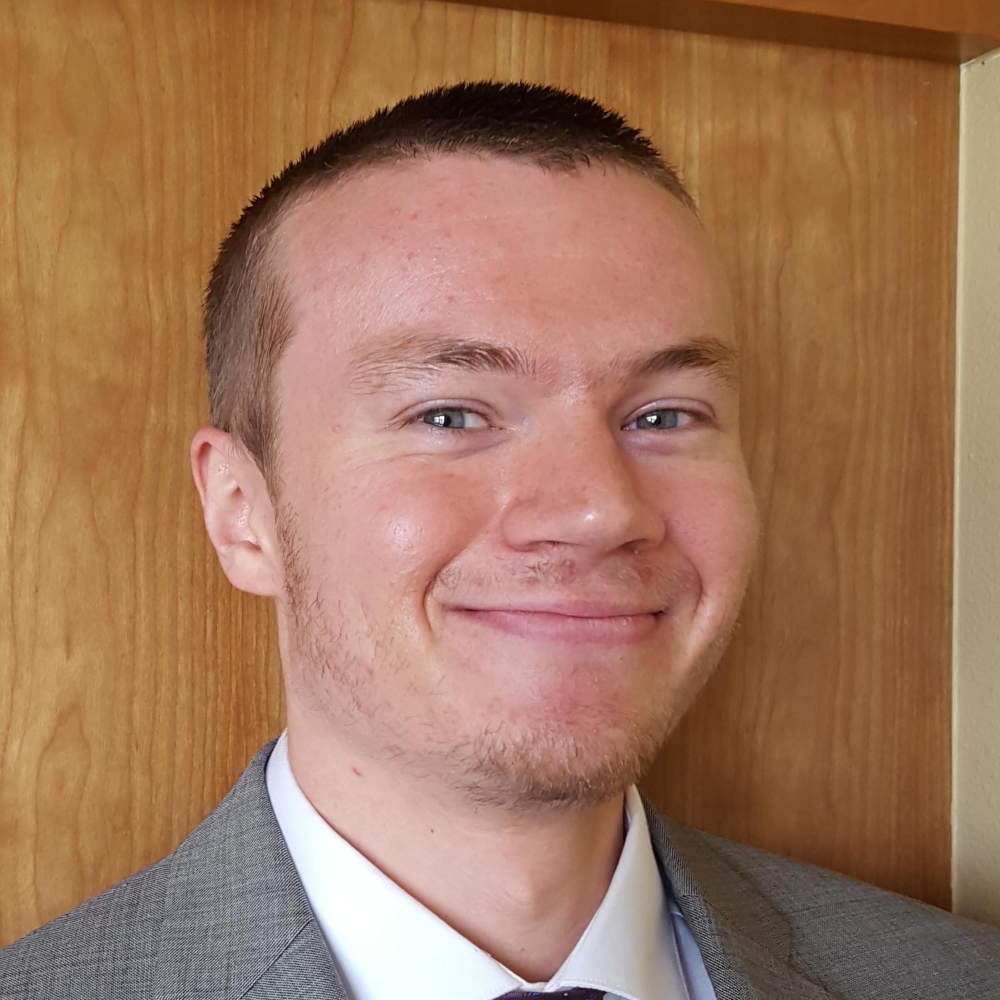 Lars Bjålie, Ph.D. '16, Understanding and Engineering Two-Dimensional Electron Gases in Complex Oxides, advised by Prof. Chris Van de Walle
Lars Bjålie, Ph.D. '16, Understanding and Engineering Two-Dimensional Electron Gases in Complex Oxides, advised by Prof. Chris Van de Walle
Lars Bjålie returned to his home country Norway after completing his PhD, and started working at BearingPoint as a consultant within data and analytics. There he works for a variety of clients, creating business value from data, ranging from modelling churn of mortgage customers to predictive maintenance for Norway's national railway infrastructure provider.
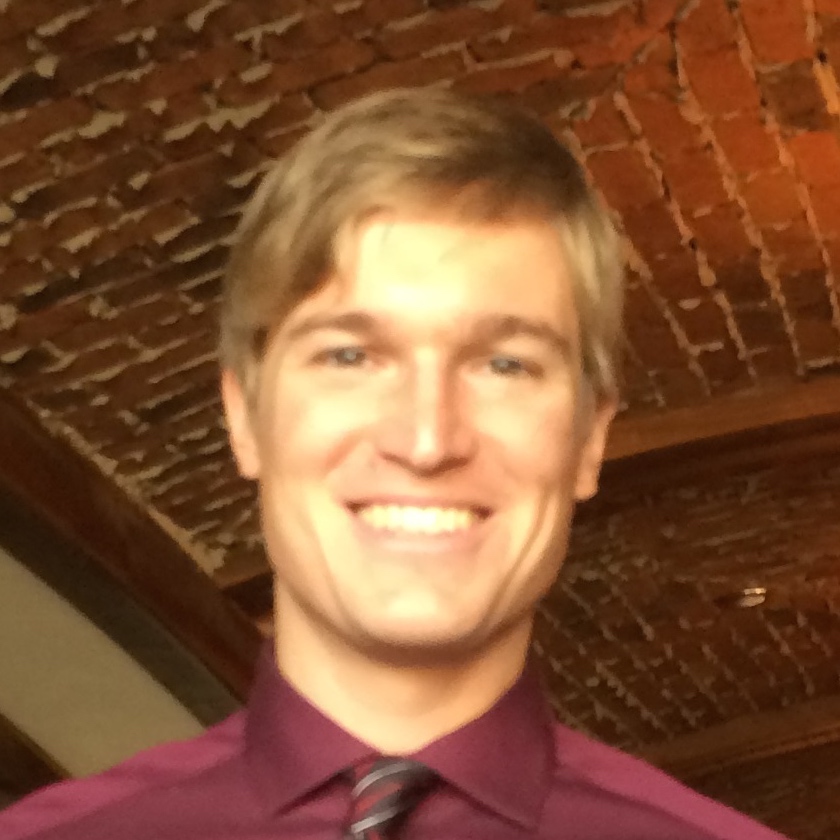 Matthew Gebbie, Ph.D. '16, Tuning Electrostatic Interactions in Confined Soft Matter, advised by Prof. Jacob Israelachvili
Matthew Gebbie, Ph.D. '16, Tuning Electrostatic Interactions in Confined Soft Matter, advised by Prof. Jacob Israelachvili
Matt is collaborating with Professors Nick Melosh and ZX Shen at Stanford University as one of two 2016-2018 GLAM Postdoctoral Fellows. During his postdoctoral studies, Matt aims to develop optically-active diamond nanomaterials that will enable the molecular-scale observation of electric fields and electromagnetic fluctuations in active soft matter and living systems. Matt subsequently plans to pursue a faculty appointment at a research university.
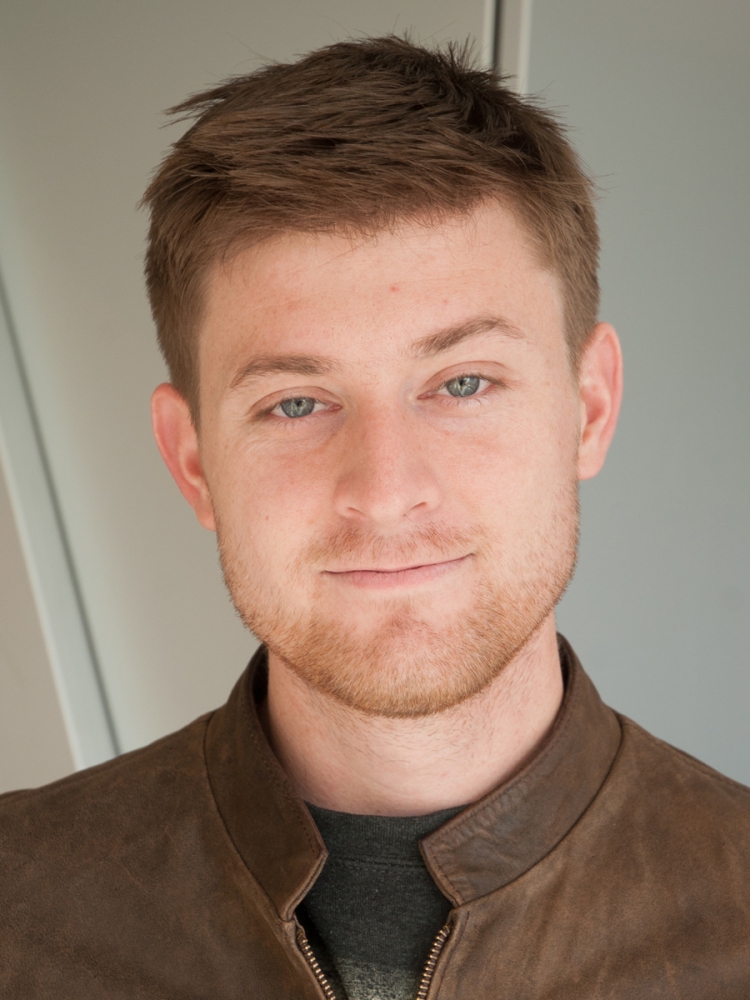
Brian Hoskins, Ph.D. '16, Processing and Characterization of Titanium Dioxide Based Resistive Switches, co-advised by Prof. Dmitri Struckov and Prof. Susanne Stemmer
After graduating UCSB with his Ph.D., Brian was awarded a National Research Council Postdoctoral Fellowship to work at the National Institute of Standards and Technology (NIST) in Gaithersburg, Maryland. At NIST, Brian works with research scientists in academia, government, and industry on the development and characterization of neuromorphic circuits using nanotechnology. The goal of this research is to develop ultra-low energy integrated circuits which can perform deep learning and other unconventional forms of computing orders of magnitudes more efficiently than with conventional CPUs and GPUs. Many of the skills Brian developed at UCSB have been critical for his work at NIST, especially in the areas of electrical measurement, nanofabrication, and materials characterization.
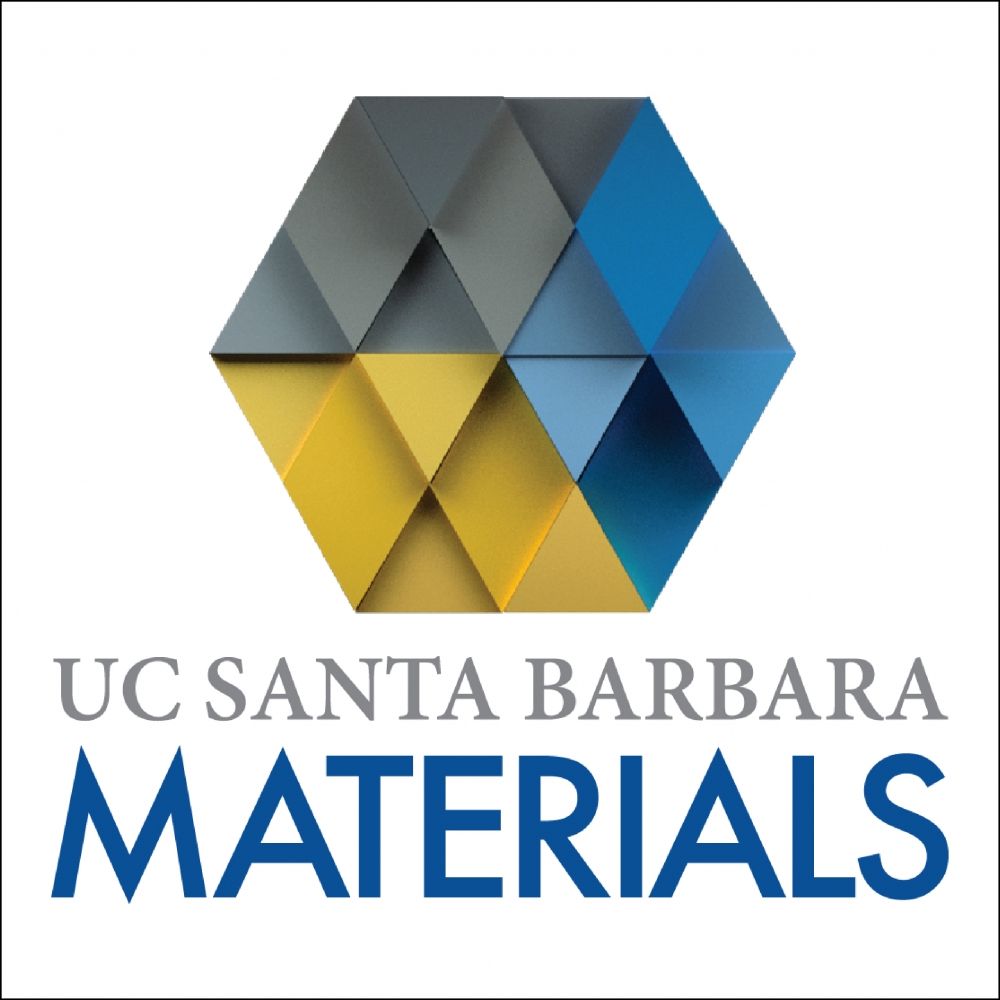
Nate Kirchhofer, Ph.D. '16, Enhancing Bioelectrochemical Conversion: Molecular Modifications for Amplified Transmembrane Electron Transfer, advised by Prof. Guillermo Bazan
Nate is currently working at the Asylum Research as an Applications Scientist. At AR, his expertise is in physical electrochemistry and is involved in applying that knowledge of SPM in a few different ways as an Applications Scientist: (1) Ongoing instrument and technique development, meaning new ways of obtaining nanoscale physical electrochemical information about materials and solution-solid interfaces; (2) Interacting with customers directly to help them achieve their desired research outcomes and advance nanotechnology and materials research - especially as these pertain to electrochemistry and related fields; (3) Generating interesting and scientifically-relevant images for the purpose of promoting SPM generally and educating others about the benefits and possibilities of SPM. During grad school, Nate also completed the GPMP certificate in management practice (via TMP) and often found himself applying that core business knowledge in all of the roles listed above. He believes it was really a rewarding position because he got to wear a lot of different hats and constantly collaborate with brilliant people on cutting edge research
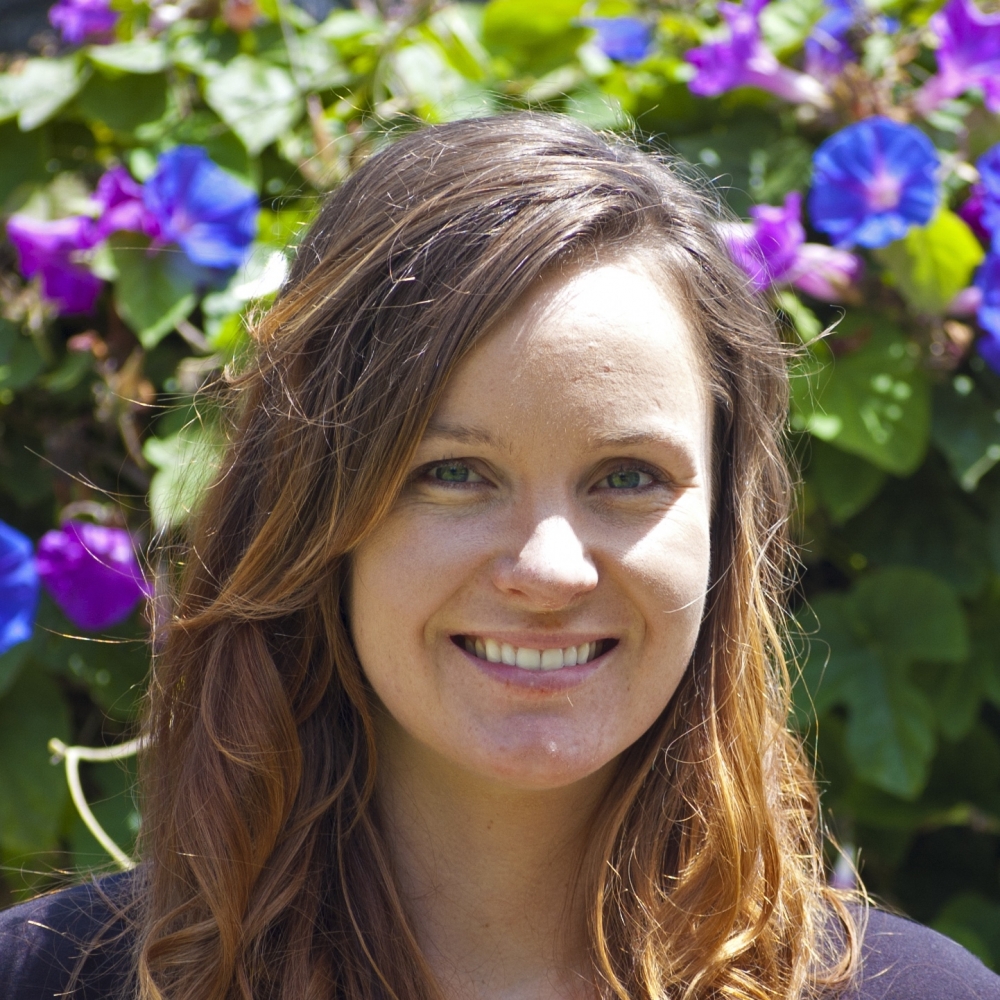 Erin Kyle, Ph.D. '16, Growth Development of III-Nitrides for Electronic Devices by Molecular Beam Epitaxy, advised by Prof. James Speck
Erin Kyle, Ph.D. '16, Growth Development of III-Nitrides for Electronic Devices by Molecular Beam Epitaxy, advised by Prof. James Speck
Erin is in the San Francisco Bay Area working at Apple. Her work focuses on developing advanced display technologies.
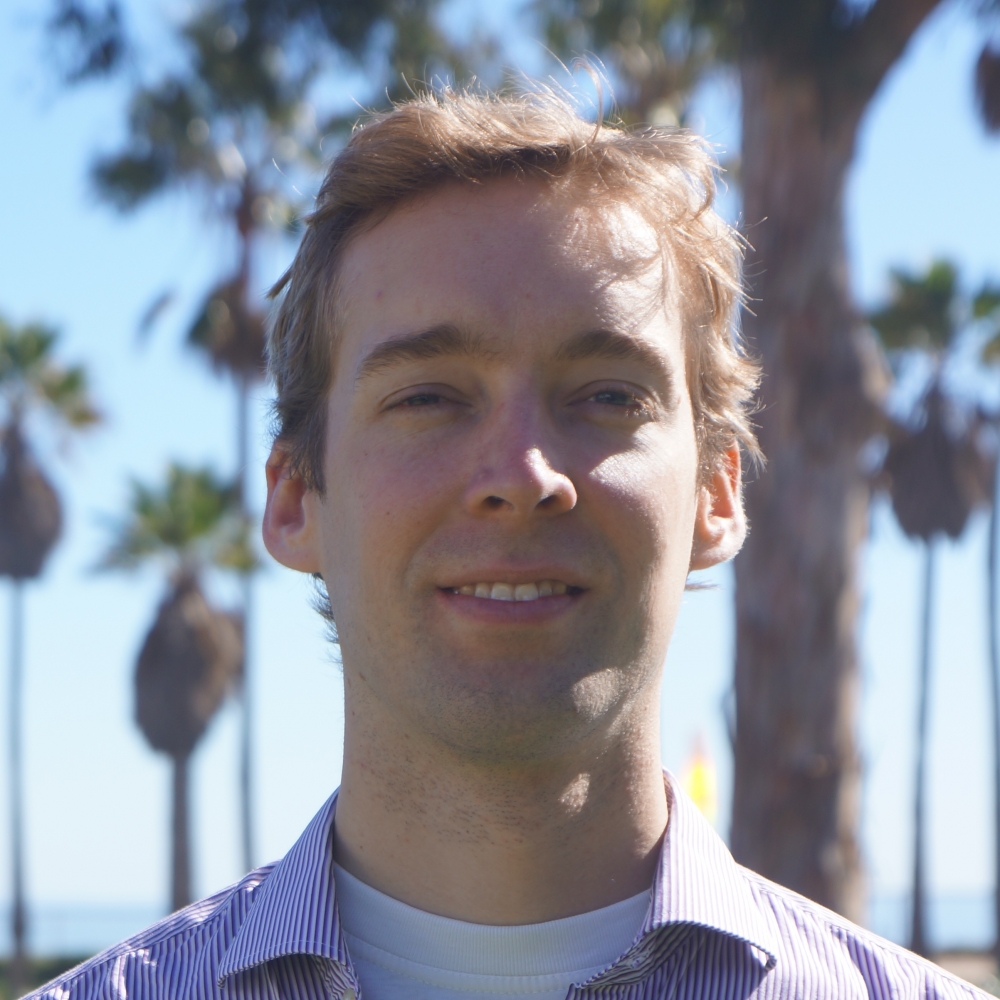 Bob Lansdorp, Ph.D. '16, Pushing the Envelope of Magnetic Tweezer Resolution, advised by Prof. Omar Saleh
Bob Lansdorp, Ph.D. '16, Pushing the Envelope of Magnetic Tweezer Resolution, advised by Prof. Omar Saleh
While in the fourth year of his Ph.D., Bob co-founded Milo, a company that makes wearable biosensors, and is now the CTO of his company. Milo's inaugural product in the pipeline is SNAPSHOT: the first wearable alcohol sensor that pairs with your smartphone. SNAPSHOT will help people make educated decisions about whether or not to have another alcoholic beverage. Please read more about Milo at www.milosensor.com.
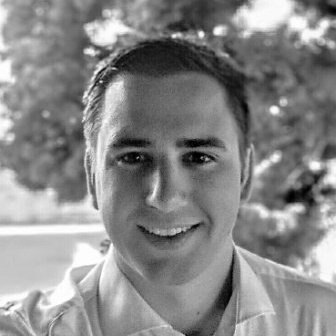 John Leonard, Ph.D. '16, III-Nitride Vertical-Cavity Surface-Emitting Lasers Growth, Fabrication, and Design of Dual Dielectric DBR Nonpolar VCSELs, advised by Prof. Shuji Nakamura
John Leonard, Ph.D. '16, III-Nitride Vertical-Cavity Surface-Emitting Lasers Growth, Fabrication, and Design of Dual Dielectric DBR Nonpolar VCSELs, advised by Prof. Shuji Nakamura
After graduating, John began working as a Display Engineer for Apple in Cupertino, CA. John enjoys solving complex technological problems that improve the quality of life for humanity. His primary technical field of interest is display and sensor technology. John's additional interests include technology management, robotics, artificial intelligence, transhumanism, interplanetary space travel, and finance.
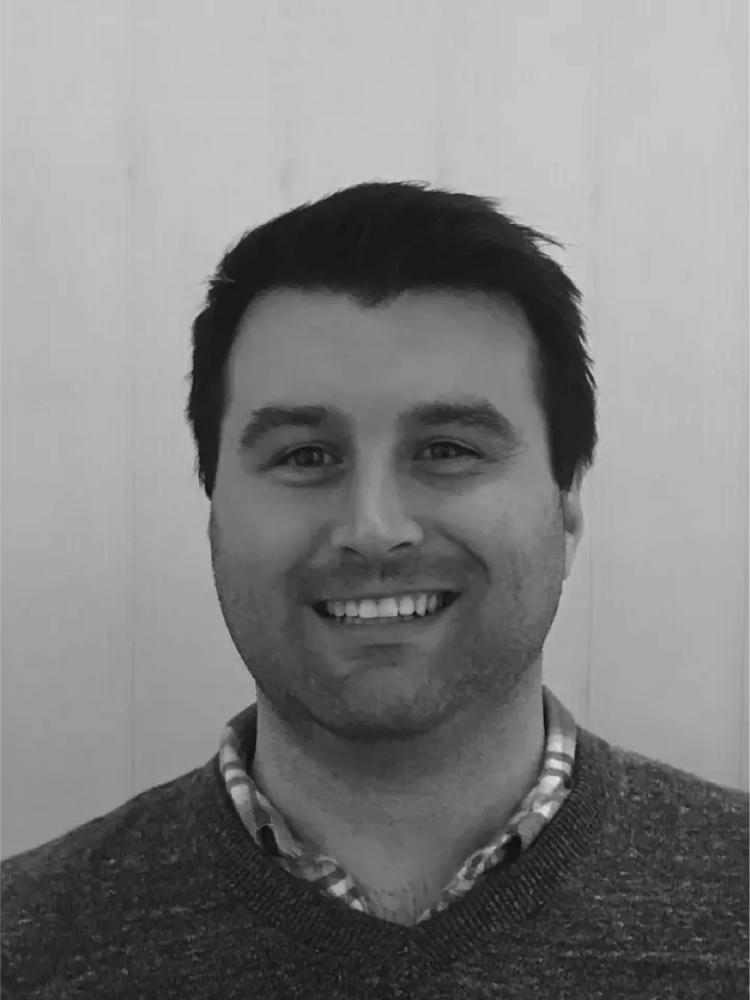
John Love, Ph.D. '15, Effects of Molecular Structure and Processing on Morphology and Performance of Small Molecule Solar Cells, advised by Prof. Guillermo Bazan
John is currently employed at Tandem PV, a small start-up focused on commercializing lead-halide perovskite materials for photovoltaic applications. As a Materials Engineer, he is responsible for developing higher efficiency, longer lasting solar cells. Specifically, John is working to improve ink formulations, deposition processes, and cell architecture.
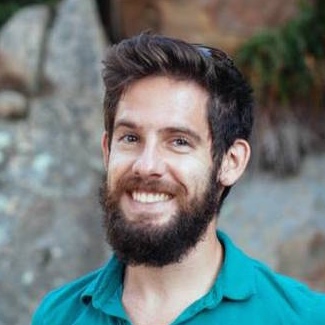 Peter Mage, Ph.D. '16, Real-time Measurement, Analysis, and Control in Microfluidic Systems for Personalized Medicine and Designer Materials, advised by Prof. Tom Soh
Peter Mage, Ph.D. '16, Real-time Measurement, Analysis, and Control in Microfluidic Systems for Personalized Medicine and Designer Materials, advised by Prof. Tom Soh
Peter is currently a Postdoctoral Researcher at Stanford University where he continues to work with Prof. Tom Soh. Peter is working on implantable biosensors that can track a patient's health at the molecular level and enable real-time noninvasive treatments.
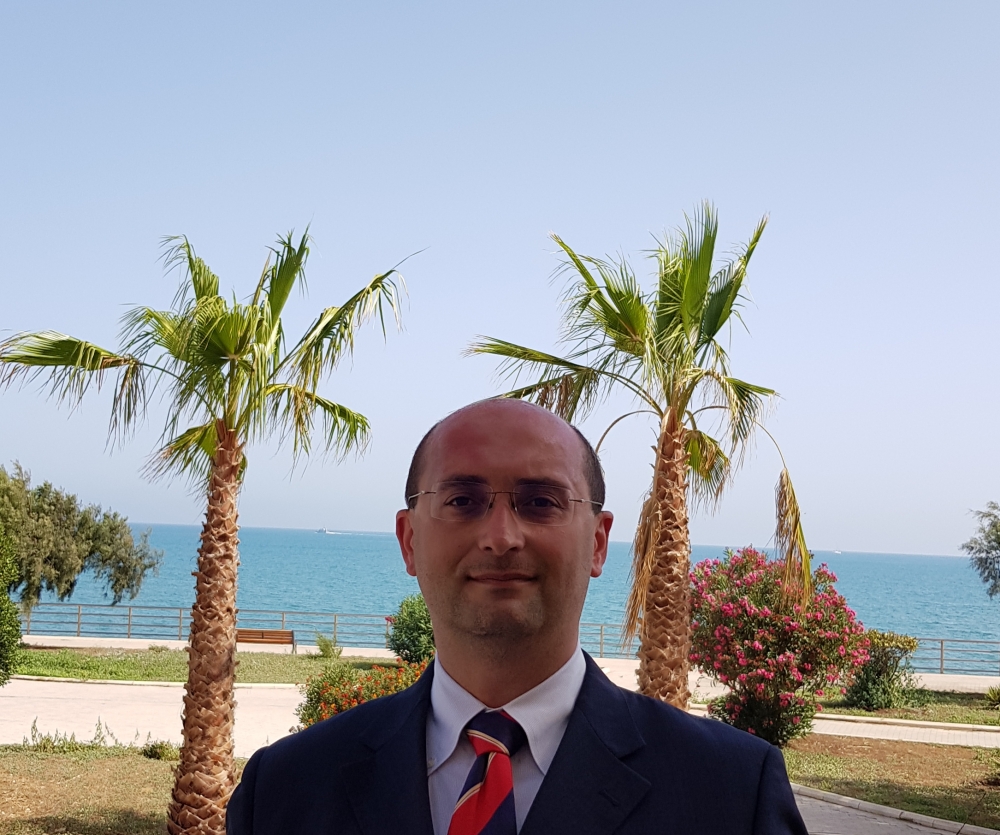
Ludovico Megalini, Ph.D. '15, III-Nitride Blue Laser Diode with Photoelectrochemically Etched Current Aperture, advised by Prof. Steven DenBaars
After receiving his Ph.D., Ludovico was a Postdoctoral Researcher at UCSB in Professor Klamkin's group where he worked on the direct integration of InGaAsP on Silicon by MOCVD. He is now currently working on Silicon Carbide (SiC) for high-power electronics in the R&D division of Infineon in Villach, Austria. In particular, he is involved in device design, processing and characterization, SiC drift layer epitaxial growth, and chip layout of new SiC-based T-MOSFETs for electric vehicle power-train systems.
 Victoria Miller, Ph.D. '16,Texture Evolution During Thermomechanical Processing in Rare Earth Free Magnesium Alloys, advised by Prof. Tresa Pollock
Victoria Miller, Ph.D. '16,Texture Evolution During Thermomechanical Processing in Rare Earth Free Magnesium Alloys, advised by Prof. Tresa Pollock
Tori has been an Assistant Professor in the Department of Materials Science and Engineering at North Carolina State University since August 2017. Her research interests include defect and structural evolution in crystalline materials and experimental characterization via advanced electron microscopy techniques. She is particulary focused on deformation processing of metals and the associated microstructural evolution, particulary texture evolution, recovery, and recrystallization. Her group's primary focus is on linking macroscopic processing phenomena to micro- and nanoscale mechanisms, enabling the development of predictive material models for engineering applications. Much of the group's work has been in thermomechanical processing for low-symmetry metals including titanium alloys for aerospace and magnesium alloys for automotive and consumer electronic applications.
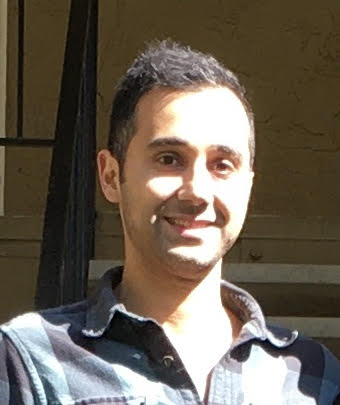 Arash Pourhashemi, Ph.D. '16, High-Power Blue Laser Diodes on Semipolar GaN, advised by Prof. Shuji Nakamura
Arash Pourhashemi, Ph.D. '16, High-Power Blue Laser Diodes on Semipolar GaN, advised by Prof. Shuji Nakamura
Arash developed high-power blue laser diodes on gallium nitride (GaN), to be used for solid state lighting applications, in the Nakamura group at UC Santa Barbara. After finishing his Ph.D, Arash moved to the San Francisco Bay Area where has worked on various R&D development projects in the Photonics industry. Some of these projects include development of edge emitting lasers and vertical cavity laser diodes (VCSELs) for 3D-Sensing applications. Arash is currently working at Coherent Corp. as a staff engineer, designing and developing VCSELs for various industrial applications.
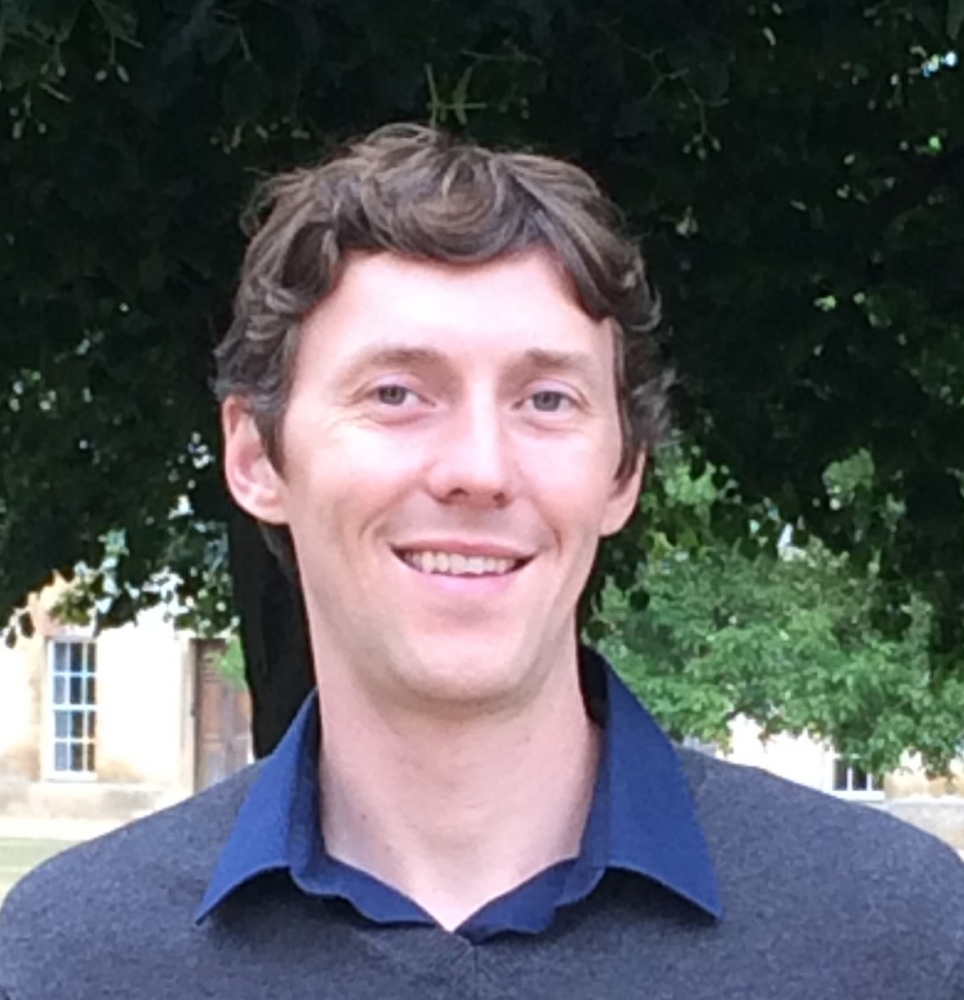 Christopher Proctor, Ph.D. '15, Loss Mechanisms in Solution-Processed Small Molecule Bulk Heterojunction Solar Cells, co-advised by Prof. Thuc-Quyen Nguyen and Prof. Guillermo Bazan
Christopher Proctor, Ph.D. '15, Loss Mechanisms in Solution-Processed Small Molecule Bulk Heterojunction Solar Cells, co-advised by Prof. Thuc-Quyen Nguyen and Prof. Guillermo Bazan
Chris is currently working as a Postdoctoral Researcher at the University of Cambridge. His current research is focused on engineering devices and developing materials to enable a seamless connection between electronics and living tissue. The goal of his research is to address difficult to treat disorders such as Epilepsy, Parkinson's disease and brain tumors.
 Gregory Su, Ph.D. '15, Structure-Property Relationships in Semiconducting Polymers and Small Molecules Probed by Synchrotron X-ray Methods, advised by Prof. Michael Chabinyc
Gregory Su, Ph.D. '15, Structure-Property Relationships in Semiconducting Polymers and Small Molecules Probed by Synchrotron X-ray Methods, advised by Prof. Michael Chabinyc
Greg is currently a postdoctoral research fellow at the Advanced Light Source, a Department of Energy-funded synchrotron facility at the Lawrence Berkeley National Laboratory. His research focuses on understanding chemistry and morphology of polymer materials, specifically polymer membranes used in fuel cells and water treatment devices and nanoporous coordination polymers relevant for gas separation applications such as carbon dioxide capture. These studies leverage the use of energy-tunable X-rays that can probe element-specific chemistry and morphology information. Additionally, Greg works with users from around the world that come to the Advanced Light Source to conduct experiments.
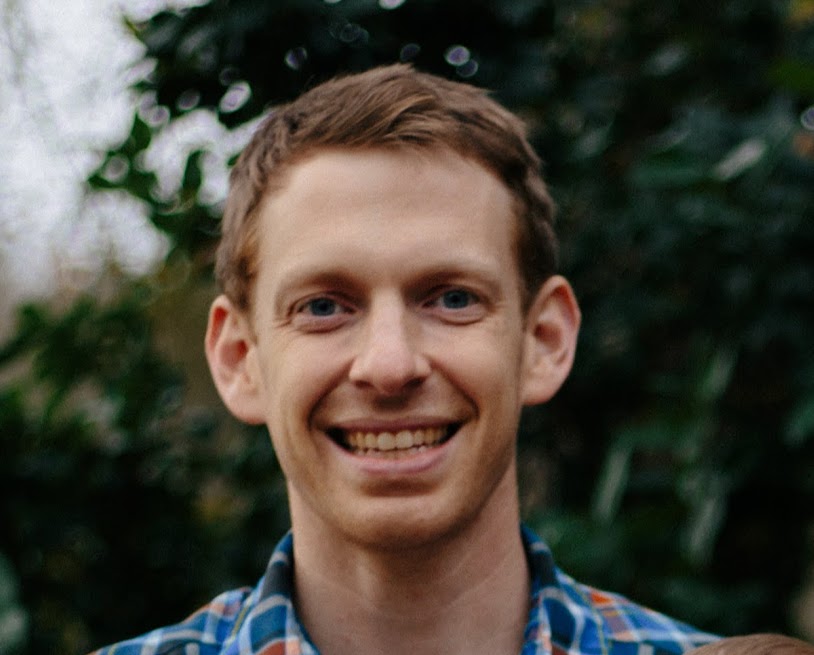 Nicholas Treat, Ph.D. '16, Using Photoredox Catalysis to Expand Atom Transfer Radical Polymerizations and Radical Dehalogenations, advised by Prof. Craig Hawker
Nicholas Treat, Ph.D. '16, Using Photoredox Catalysis to Expand Atom Transfer Radical Polymerizations and Radical Dehalogenations, advised by Prof. Craig Hawker
Nic is currently a Research Chemist at Milliken Chemical, working in their Plastics Additives business. His role is to design and develop new molecules to improve properties of plastic, including: molecular design, process chemistry for scale up, and understanding their performance in plastics. He develops chemistry to make useful molecules on the gram to kilogram scale in the laboratory and oversees the pilot scale production process at a plant. His current project is focused on using additives to modify the impact, stiffness, and melt flow of polypropylene.
 Paul Von Dollen, Ph.D. '16, Sodium Flux Growth of Bulk Gallium Nitride, co-advised by Prof. Jim Speck and Prof. Shuji Nakamura
Paul Von Dollen, Ph.D. '16, Sodium Flux Growth of Bulk Gallium Nitride, co-advised by Prof. Jim Speck and Prof. Shuji Nakamura
Paul is currently a Senior Process Engineer at Soraa where he is working on bulk GaN crystal growth.
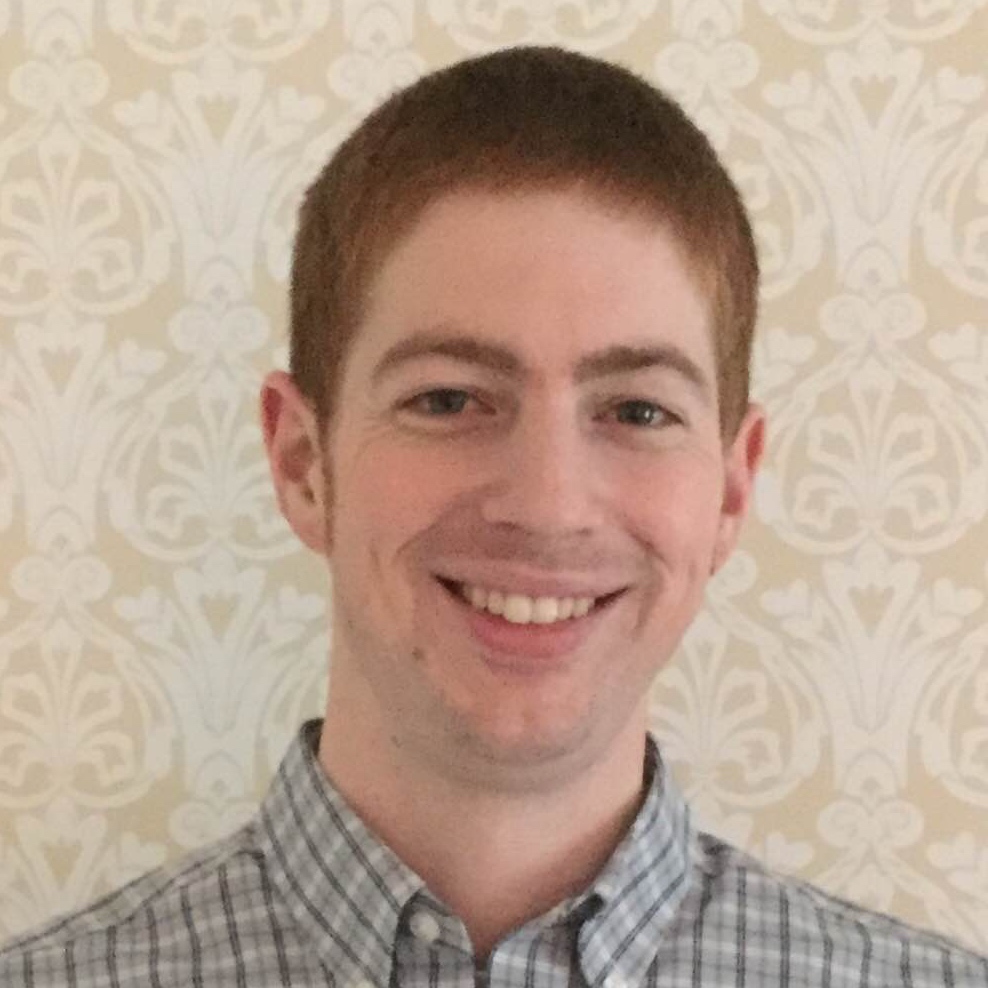 Peter Wells, Ph.D. '16, The Character, Stability and Consequences of Mn-Ni-Si Precipitates in Reactor Pressure Vessel Steels, advised by Prof. Robert Odette
Peter Wells, Ph.D. '16, The Character, Stability and Consequences of Mn-Ni-Si Precipitates in Reactor Pressure Vessel Steels, advised by Prof. Robert Odette
Peter is a Senior Failure Analysis R&D Engineer at Intel specializing in atom probe tomography characterization of semiconductors.
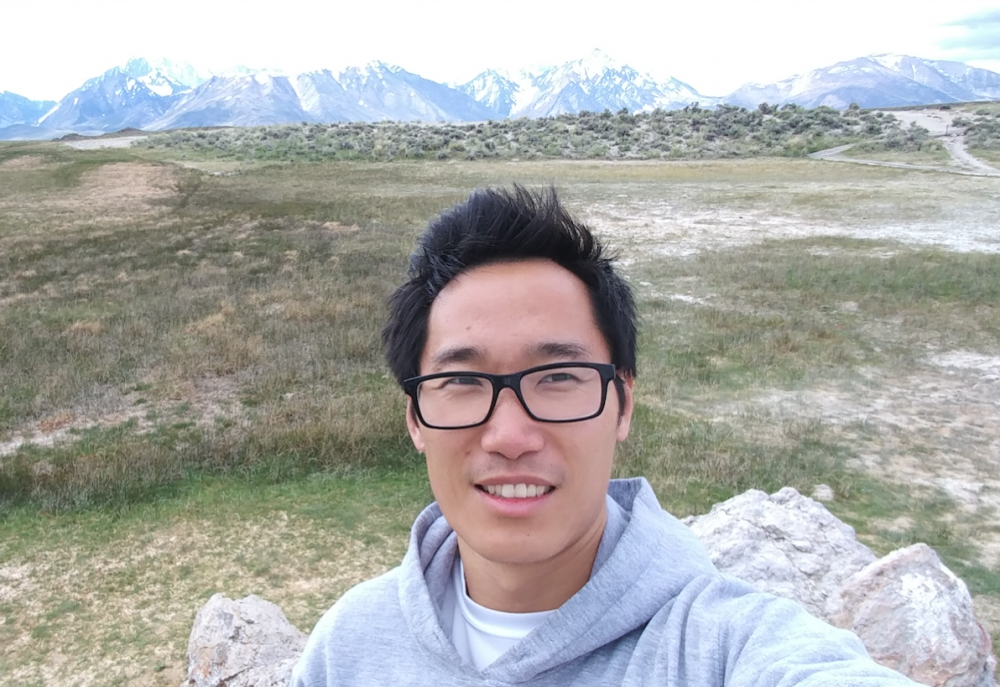 Jack Zhang, Ph.D. '16, Characterizing Local Structure in Complex Oxides with Quantitative Scanning Transmission Electron Microscopy, advised by Prof. Susanne Stemmer
Jack Zhang, Ph.D. '16, Characterizing Local Structure in Complex Oxides with Quantitative Scanning Transmission Electron Microscopy, advised by Prof. Susanne Stemmer
Jack is currently a Senior Systems Engineer at Continental where he is working on developing a focal plane array for a high resolution flash lidar. Lidar is one of the hottest fields in the automotive industry right now since it is widely considered a key enabling technology for autonomous driving. Their lidar camera at Continental is unique in that it is a fully solid state with no moving parts. In addition, at Continental, they provide a whole suite of sensors and software in their drive to realize their vision of zero driving accidents.



